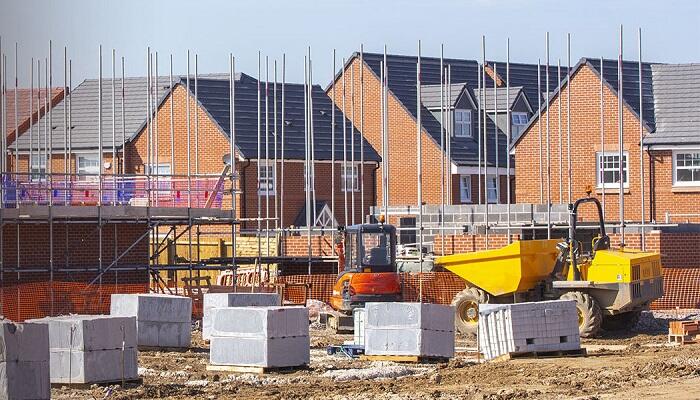The Architects Registration Board (ARB) has inked an agreement that will make it easier for American architects to work in the UK and for British architects to work in the US.
On February 16, the National Council of Architectural Registration Boards (NCARB) in the US and the ARB signed a new mutual recognition agreement (MRA).
The move, according to the two regulators, will open up professional registration by streamlining registration processes and decreasing expenses and examinations while also maintaining safety requirements.
The ARB stated that the agreement was part of its new approach to registering international architects, which was made possible by Brexit. Last month, in January, changes to the Architects Act 1997 went into effect, thereby terminating the UK’s automatic acceptance of EU-registered architects. The agreement, which goes into effect on April 25, has been in the works for five years and is the first of its kind inked by the ARB. It is also negotiating similar deals with the EU, Australia, and Hong Kong.
Historically, the ARB required architects who had qualified in the United States, as well as practitioners from other non-UK nations, to take the Alternative Way to Registration, which included interviews and portfolio work. The costs are hefty—£1,950 for Parts I and II—and failure rates are high. Last year, over half of those who took the mandated exams failed.
According to the ARB’s website, architects from the United States and other countries with which it may sign mutual recognition agreements in the future will now undergo a UK adaptation assessment rather than the prescribed examination to ensure they understand British legislation and regulations, as well as the construction sector.
Applicants will be required to present a reflective career summary, answer scenario-based questions about practising in the UK, and participate in a professional interview as part of this assessment. According to the ARB, the adaptation evaluation will be approximately 50% less expensive than the prescribed test and at least six months faster.
The agreement is also anticipated to reduce time and money for British-qualified architects looking to relocate to the United States. Architects from the United Kingdom must currently get a separate American education and meet experience requirements before they can practise in the United States.
It is unclear how the MRA would modify this; however, the American Institute of Architects (AIA) indicated that ARB-registered architects may automatically receive NCARB registration. That said, being NCARB-registered does not guarantee that architects can practise in every state in the United States.
Practices on both sides of the Atlantic are expected to appreciate the deal. In a blog post published on its website ahead of the pact being signed, the UK chapter of the AIA noted that the adoption of the new US-UK MRA would alter the process for US architects to register in the UK, and vice versa.
Hugh Simpson, chief executive officer and registrar of the ARB, stated that the signing of this MRA, which establishes a reciprocal arrangement allowing UK architects to register and practice in participating jurisdictions in the United States, is a momentous occasion for the industry. The agreement aims to open up prospects for standard-compliant collaboration between individuals and businesses in the UK and the US.
The arrangement, according to Royal Institute of British Architects (RIBA) president Simon Allford, will allow architects on both sides of the Atlantic to share knowledge, skills, and expertise. British architecture is an international success story, and after Brexit, the UK has a chance to expand the export markets available to UK architects, according to Allford.
The RIBA has been an outspoken advocate of new MRAs, and this agreement between the UK and the US adds new incentives for architects who want to work globally. It also makes it easier for brilliant American architects to work in the United Kingdom.
They hope their members, as well as those from across the Atlantic, take advantage of this opportunity. According to NCARB CEO Michael Armstrong, the organisation is happy to have a new partnership with the UK and is working to increase the usefulness of the NCARB Certificate as a tool for practitioners who have US licences to travel both domestically and internationally. They are glad to sign this mutual recognition agreement emphasizing a common approach of appropriate rigor in directing architect licensure, strengthening their cooperative objective to improve global health, safety, and welfare.
This historic agreement will make it possible for our top-tier architects to export their skills across the Atlantic, according to Business and Trade Secretary Kemi Badenoch.





































